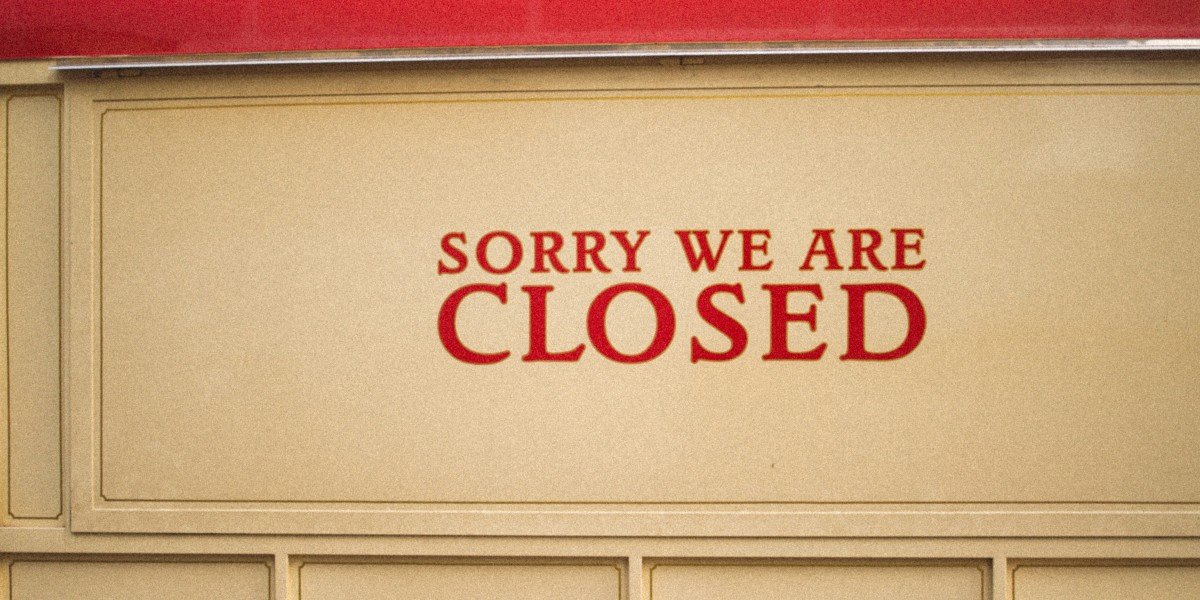After years of speculation, Pixar has officially confirmed that Toy Story 5 is in production and set for release on June 19, 2026. The announcement has sparked both excitement and curiosity among fans who thought Woody and Buzz Lightyear’s story had ended with Toy Story 4.
This next installment promises to bring the toys back together while exploring a new theme that feels distinctly modern. According to Pixar insiders, Toy Story 5 will focus on the intersection of childhood imagination and technology — a space where traditional play meets the digital world. The story introduces a new character, Lilypad, a smart toy voiced by Greta Lee, whose presence challenges what it means to be loved and played with in a tech-driven age.
The film is directed by Andrew Stanton — known for WALL-E and Finding Nemo — alongside co-director McKenna Harris. Early production notes suggest that the movie will keep the emotional depth of earlier chapters while placing the toys in a more contemporary setting.
Returning Voices and New Faces
The familiar voices that shaped the franchise will return. Tom Hanks reprises his role as the ever-loyal cowboy Woody, while Tim Allen returns as Buzz Lightyear. Joan Cusack once again voices Jessie, whose story reportedly takes center stage this time.
New additions to the cast include Greta Lee as Lilypad, Conan O’Brien as a sarcastic educational toy named “Smarty Pants,” and Ernie Hudson, who takes over a role previously voiced by the late Carl Weathers. Each character represents a new generation of playthings that push the original toys to rethink their purpose.
Early previews hint that the story will balance nostalgia with new energy. The film’s producers describe it as a “Jessie story,” but one that naturally brings Buzz and Woody back into the mix — an approach likely to please both longtime fans and younger audiences just discovering the series.
A Story About Change
The Toy Story franchise has always dealt with change — growing up, moving on, and finding meaning in moments of uncertainty. This time, the story focuses on how toys face change when the very idea of “play” evolves.
Lilypad, the new antagonist, isn’t evil in the traditional sense. Instead, she embodies how children’s attention has shifted toward screens, apps, and smart devices. Her confidence, intelligence, and connectivity make her fascinating but also threatening to the classic toys.
Woody, Buzz, and Jessie find themselves asking whether they can still bring joy in an era where physical play is no longer the center of childhood. This theme makes Toy Story 5 more than just another sequel — it becomes a reflection on how nostalgia and innovation can coexist.
Why Fans Are Paying Attention
Even before the official trailer dropped, the internet was buzzing with speculation about how Pixar would justify another sequel. Many viewers felt Toy Story 4 had wrapped the saga perfectly, with Woody’s emotional goodbye to Andy and Bonnie.
But early footage and comments from Tim Allen have reassured fans that the fifth installment won’t rewrite the past — it will build on it. The teaser shows Woody and Jessie reuniting in a new environment, hinting at humor and heart rather than high-stakes action.
Critics who have previewed early materials say the tone feels closer to Toy Story 2 — light, self-aware, and emotionally grounded. The humor remains sharp, but the questions it asks are deeply relevant to modern family life.
The Future of Pixar’s Flagship Series
Pixar faces the challenge of keeping its most successful franchise fresh without losing what made it special. As audiences change and attention spans shorten, Toy Story 5 is being positioned as both a comfort film and a cultural update.
The studio has confirmed that Toy Story 5 is being produced with Pixar’s latest animation software, promising smoother textures and more expressive character motion. Yet the emotional tone remains rooted in character-driven storytelling — something that’s kept the franchise relevant for nearly three decades.
With Andrew Stanton at the helm, expectations are measured but optimistic. Stanton’s past work often blends humor with philosophical undertones, and early reports suggest that Toy Story 5 will continue that pattern — asking what it means to belong in a world that keeps changing.
Why It Still Matters
For many viewers, Toy Story has been a touchstone across generations. Parents who grew up with Woody and Buzz now share those stories with their children. That emotional connection gives this sequel a built-in audience, but it also adds pressure to deliver something meaningful.
By focusing on the balance between technology and tradition, Toy Story 5 touches on something familiar to every household — the feeling of being left behind by change. The film’s exploration of relevance, loyalty, and reinvention makes it more than just another animated release.
When it arrives in theaters next summer, Toy Story 5 won’t just revisit a beloved universe — it will ask what happens when the toys that once defined childhood face a new generation raised on touchscreens. And that question alone might be enough to make audiences show up, one more time, to see where the story goes next.








